When thinking of famous people with autism, individuals seem to gravitate towards deficits in their existence- their “peculiar” routines, repetitive physical behaviors, and discomfort in social situations. We want to highlight individuals for their assets, their genius, and for their contributions to the world. Many autistic people actually have incredible music skills, math and science abilities and other creative spike skills. Listing off just 20 famous autistic people is just that- listing off 20 people with autism. In fact, it is well-known that this spectrum disorder is filled with individuals as unique and distinct as anyone else. What sets these individuals apart is not their struggle, but their triumph.
Related:
- Best Online Master’s in Autism Spectrum Disorder Education
- Top Online Sensory Integration and Occupational Support Certification Programs
- The Role of Artificial Intelligence in ABA: Emerging Trends and Applications
- Telehealth in ABA Certification: Navigating New Requirements and Opportunities
Quick Facts Table: Autistic Role Models by Field
| Field | Role Models | Contributions / Achievements |
|---|---|---|
| Science | Albert Einstein, Henry Cavendish, Nikola Tesla, Sir Isaac Newton | Groundbreaking work in physics, chemistry, electricity, and mathematics. |
| Art | Michelangelo, Emily Dickinson, Tim Burton | Iconic works in painting, poetry, and film direction; reshaped creative traditions. |
| Music | Wolfgang Amadeus Mozart, Susan Boyle, Courtney Love | Legendary compositions, unique voices, and global cultural influence. |
| Film | Anthony Hopkins, Daryl Hannah, Dan Aykroyd, Stanley Kubrick | Acclaimed actors, directors, and writers known for creativity and perfectionism. |
| Literature | Temple Grandin, John Elder Robison, Ido Kedar | Books and memoirs that advanced autism awareness, advocacy, and acceptance. |
1.) Temple Grandin
August 29, 1947 – Present
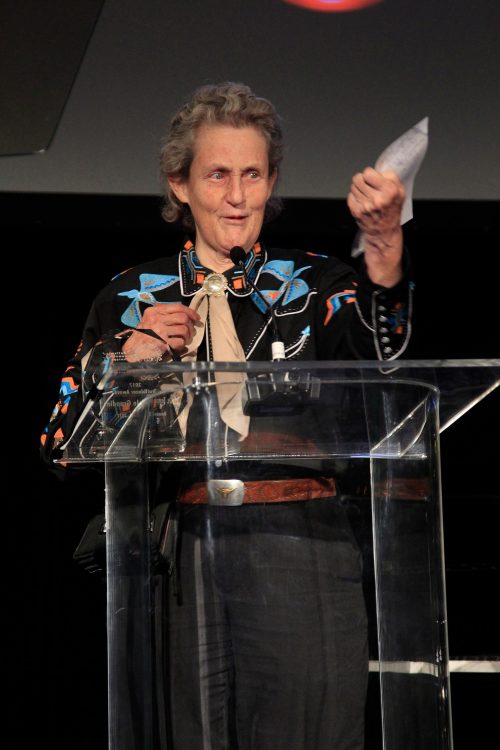
One of the most famous adults with autism alive today is Temple Grandin. Temple works as an activist and advocate. She is well known in agriculture for her contributions to the bovine industry. Grandin describes a type of sensory experience much like mental movies. She was able to use her heightened sensory experience to see things from the perspective of a cow.
Early on, Temple learned to communicate her needs. She became a very important voice for autistic people across the globe. Today, Grandin travels the world talking about autism acceptance. She works hard to smash debilitating myths the general population may have about autism spectrum disorder. She encourages people to think about assets over impairments when considering the needs of autistic children in schools and autistic adults in employment. Her vision is simple: make space for all types of minds and do-ers including individuals with autism spectrum disorder.
“What would happen if the autism gene was eliminated from the gene pool? You would have a bunch of people standing around in a cave, chatting and socializing and not getting anything done,” – Dr. Temple Grandin
2.) Emily Dickinson
December 10, 1830 – May 15, 1886
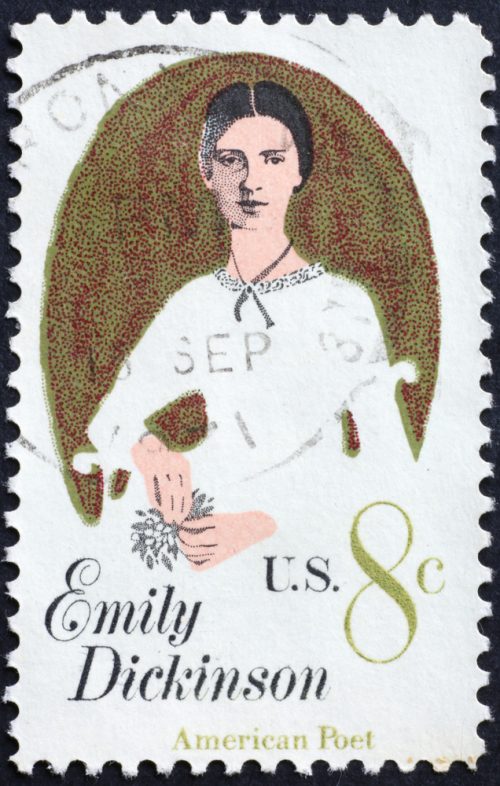
Emily Dickinson was a well-known American poet and wrote particularly unconventional poetry for her time. Unfortunately, it is often Dickinson’s difficulties that people write about when discussing her autism. She was in fact peculiar. She never married and lived a more insular life. She also had epilepsy.
What was truly remarkable about Dickinson was the nature of her poetry. To say that it was unconventional would be an understatement. It was unconventional for the time, lacking in the tones and themes that were popular. What was more unconventional about her work was the fact that she was a woman. Did her insular life keep her safe from gendered stereotypes? Did her unique mind shield her from pressures to conform with her writing? Perhaps the most important question to ask is- is it because of her autism that we have the body of work we have now? It’s too late to ask her, but Dickinson would want us to keep asking regardless. “The door should stay ajar,” she wrote. Perhaps she meant with regards to learning. In respect to Dickinson and her autism, perhaps we should keep our doors open to learning about autism spectrum disorder.
3.) John Elder Robison
August 13, 1957 – Present
John Elder Robison is currently a scholar in residence in the Department of Neurodiversity at the College of William and Mary. Before advocating for autism awareness, Robison lived his formative years unaware of his diagnosis. He grew up in a family quite at odds with the world. It wasn’t until he was diagnosed with Asperger’s Syndrome at the age of 40 that he gained a better understanding of his childhood.
John Elder Robison wrote his famous memoir, Look Me in the Eye: My Life with Asperger’s, in 2007. Since then, Robison has become a strong autism advocate and speaker. He coordinates autism programs with government agencies including the US Department of Defense, US Department of Education and the Department of Social Security.
Robison continues to be present in research and underwent trans magnetic stimulation procedures to aid in his cognitive function. If you want to learn more about his life with Asperger’s Syndrome, read one of his many books.
4.) Daryl Hannah
December 3, 1960 – Present
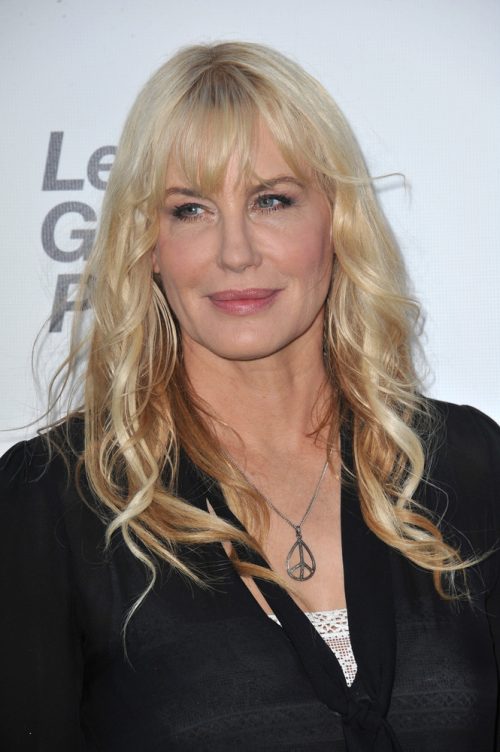
Hollywood actress and advocate Daryl Hannah is perhaps best known for her roles in Splash, Blade Runner, and Kill Bill. However, as a child Hannah was diagnosed with a borderline form of autism. She spent much of her childhood alone. She rocked herself to soothe her feelings. Her doctors recommended medication and even institutionalization. Thankfully, her mother refused these recommendations.
Darryl Hannah is one of many successful people with autism working in Hollywood. Hannah put her creative spike skills and rich imagination to use as an actress. She enjoys life off the grid, surrounded by her animals. Again, as with Dickinson, this begs the question: where would Hannah be without her autism? And would we ever have seen such an imaginative rendition of Pris?
5.) Henry Cavendish
October 10, 1731 – February 24, 1810
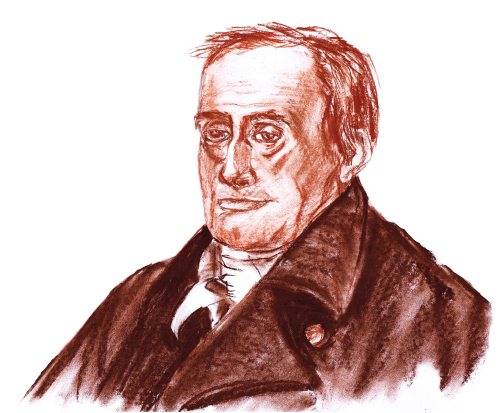
Richter’s Law of Reciprocal Proportions, Ohm’s Law, and Coulomb’s Law, and Charles’s Law of Gases could all be renamed to Cavendish’s Law. Because of Cavendish’s quiet nature and secretive behavior, none of those findings were published during his lifetime.
It is theorized that Henry Cavendish was autistic. Many speculate that he would have been diagnosed with Asperger’s Syndrome. Though according to the recent diagnostic manual, Asperger’s is no longer an official term, many people with Asperger’s like to keep that label. Cavendish also discovered hydrogen- what he called “inflammable air,” and he figured out how to measure the density of the Earth.
Many individuals with Asperger’s have spike skills, work meticulously, and are often prolific. Many people with Asperger’s are not as vocal about their work as those who aren’t on the spectrum. Could this be why Cavendish didn’t find the urge to publish his work? It is possible, but today we can only theorize.
6.) Michelangelo
March 6, 1475 – February 18, 1564

When people talk about autism spectrum disorder, there’s far too much stigmatic language attached behavioral traits. One behavioral trait that is regularly discussed with autism is repetitious behaviors. However, when learning to master a skill, repetition for hours is what makes a master.
Repetition was one of Michelangelo’s behaviors that was considered “peculiar.” In fact, Michelangelo was known to get frustrated without his repetitive routines. Yes, this can be problematic- rigidity. However, would we have the Sistine Chapel if it weren’t for his tenacity and his ability to stick to a routine, focus on the details that make up anatomically accurate painting, and then of course paint for lengthy hours at a time on his back? Maybe seeing the world from an “upside down” perspective is what makes a genius.
7.) Wolfgang Amadeus Mozart
January 27, 1756 – December 5, 1791
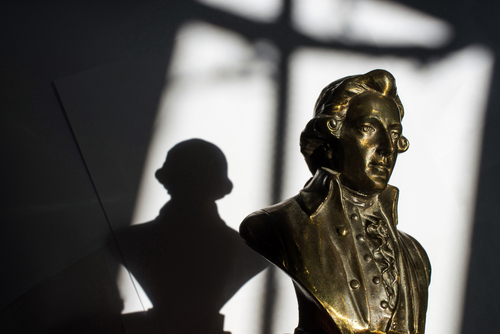
When we think of Wolfgang Amadeus Mozart, we think of his incredible gift of music. Mozart may have also displayed symptoms of autism spectrum disorder. He was extremely sensitive to sound and struggled with impulse control. It is reported that he exhibited repetitive body motions and expressions and displayed echolalia.
Some speculate that Mozart actually had savant syndrome. He was a child prodigy who was writing symphonies by age eight. He was commissioned to write an opera by age 12. By the time he passed away at age 35, he had written over 600 works of music. His mathematical patterns, chord progressions, surprise endings, and goofiness are all what made Mozart’s work and his life stand out. They are what made him unique. If Mozart had autism, those skills were just as much about his autism as his mood swings and echolalia.
8.) Ido Kedar
Though maybe not yet famous the world over, Ido Kedar should be. His book, Ido in Autismland, discusses his journey as a person diagnosed with autism spectrum disorder. In fact, for the first half of his life, Ido lived in a silent prison. He understood everything that was happening around him but was unable to communicate. He was subjected to repetitive drilling in isolation- a common method of treatment for people on the autism spectrum.
It wasn’t until he learned to communicate by typing that he revealed the truth. “I had no hope that my intelligence would be discovered,” writes Ido. He had to fight for his education and ended up graduating from high school with a 3.9 GPA. Ido With the ability to now type and communicate, he has literally written his way to freedom. Today, Ido works as a powerful advocate and seeks to educate others about nonverbal autism.
9.) Albert Einstein
March 14, 1879 – April 18, 1955
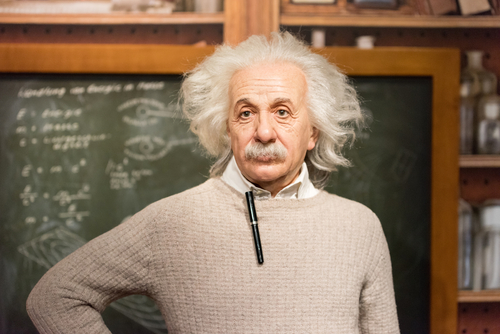
Known for his theory of relativity, Albert Einstein had an inexplicable and incredible mind. He was nodding off to sleep when his theory came to him in a dream, or so it is told. When Einstein was a little boy, he was nonverbal. In fact, Einstein did not develop language until he was 3 years old. Regardless, Einstein rapidly accelerated through school and began picking up on concepts far beyond his grade level.
Einstein, like many people with autism struggled some with relationships. Though married with children, he asked that his children not touch him- it made him uncomfortable. Einstein struggled socially. These are the types of hallmarks that people use when labeling someone with autism. But perhaps his mind wasn’t so inexplicable after all. Perhaps it is because of his autism that we have this incredible mind.
10.) Stanley Kubrick
July 26, 1928 – March 7, 1999

Stanley Kubrick is known for his visually inspiring films and tedious methodical ways of working. Kubrick spent nearly an entire year directing and perfecting his last film Eyes Wide Shut. By comparison, this is how long it took to film all three of the Lord of the Rings films (9 hours of film).
Kubrick insisted on repeated takes, perhaps to a level of perfectionism that was uncomfortable for his actors. Those who worked with him on his films describe a person who truly had a vision- and worked tediously and repetitiously until his vision unfolded. We have his autistic mind to thank for the opening of 2001: A Space Odyssey and the deeply intense moments in A Clockwork Orange.
11.) Sir Isaac Newton
December 25, 1642-March 20, 1726
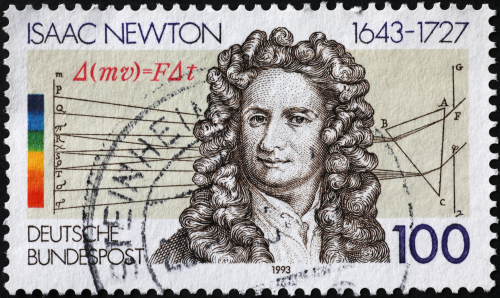
While we will never know for certain. there’s a strong argument that Sir Isaac Newton may have been on the spectrum. Simon Baron-Cohen, an autism expert at Cambridge University, worked with a mathematician named Ioan James from Oxford to assess the personality traits of Newton. What they discovered was that Newton displayed obsessive interests and had difficulty in social relationships. He also had problems communicating with others. While there are plenty of highly intelligent people who display these traits, it is certainly possible that a diagnosis of autism is still worth considering.
12.) Anthony Hopkins
December 31, 1937 – Present
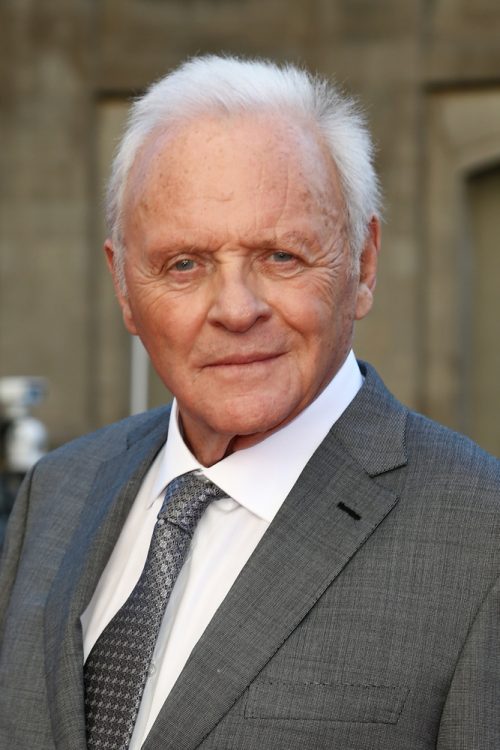
Anthony Hopkins is one of the most famous actors with autism. He was awarded an Academy Award for Best Actor in a Leading Role for his work in The Silence of the Lambs in 1991 and again for his role in The Father in 2020. Hopkins revealed back in 2017 that he was diagnosed with autism later in life.
Hopkins is quick to point out that his diagnosis is just a label, and he doesn’t feel any different after his diagnosis.
13.) Nikola Tesla
July 9, 1856 – January 7, 1943
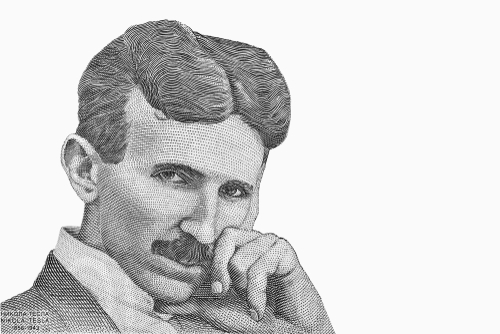
Nikola Tesla created the first alternating current electric induction motor. He was largely unknown in the US until Elon Musk borrowed his name for his electric vehicle company.
Tesla was obsessed with electricity from an early age. He was able to instantly memorize books due to his eidetic memory. By age eight, he was fluent in eight languages. He was considered a genius, maybe even a “mad inventor,” but in hindsight, these are evidence that support an autism diagnosis.
14.) Dan Aykroyd
July 1, 1952 – Present
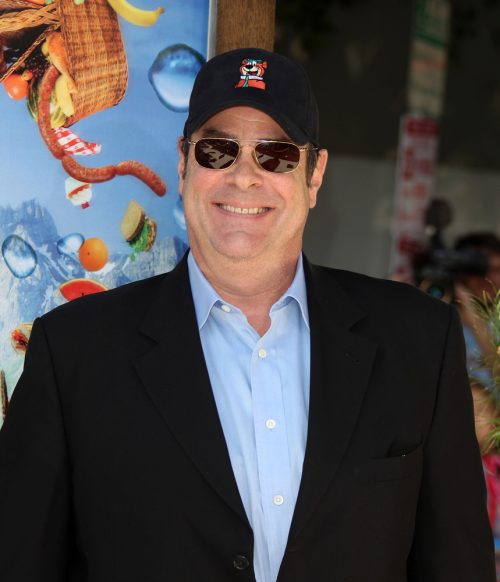
Dan Aykroyd is one of the most famous personalities with autism. Aykroyd is best known for his comedic and acting abilities, although he is also an accomplished singer and screenwriter. He was diagnosed with Asperger’s in the 1980’s after being urged by his wife to see a doctor. One of his symptoms was an obsession with law enforcement and ghosts. He attributes his Asperger’s for the success of his hit movie, Ghostbusters.
15.) Heather Kuzmich
April 19, 1986 – Present
Heather Kuzmich is a fashion model and reality TV star. She appeared on America’s Next Top Model (ANTM). Kuzmich was diagnosed with Asperger’s Syndrome when she was just 15, after the death of her father. She struggles with communication challenges, which eventually attributed to her exit from ANTM.
She has since earned a bachelor’s degree in 3D Art and Video Game Design from the Illinois Institute of Art in Chicago. She serves as the VP of Corporate Development for YEP Nation, Inc.
16.) Tim Burton
August 25, 1958 – Present
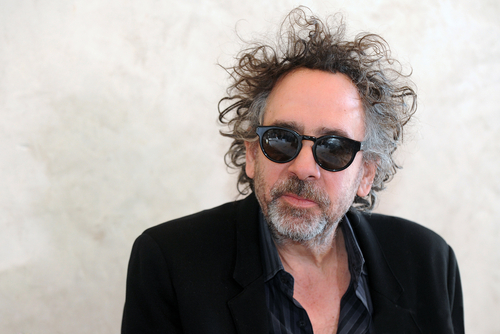
Tim Burton is the director of box office hits like Beetlejuice, Edward Scissorhands, and The Nightmare Before Christmas. He also might be a famous person with autism. Burton believes he might be on the autism spectrum after a suggestion made by his long-time partner, Helena Bonham-Carter. Burton is extremely creative and focused on his work. His sense of humor and imagination are extremely unique. While he doesn’t have a formal diagnosis, one does have to wonder if his eccentric behavior could be a symptom of autism.
17.) Bill Gates
October 28, 1955 – Present

One of the most influential famous people thought to have autism is Bill Gates. Gates is the co-founder of Microsoft and a philanthropist. He is currently the fifth richest person in the world.
While there has been no confirmation that Gates is on the spectrum, there is plenty of speculation. Gates occasionally displays a rocking motion and tends to avoid eye contact with people. These are two possible symptoms of autism. He is brilliant and displayed exceptional abilities in coding and math from an early age. While we don’t know for certain if his business acumen can be attributed to autism, we do know that Bill Gates is one of the most influential businessmen in America.
18.) Susan Boyle
April 1, 1961 – Present
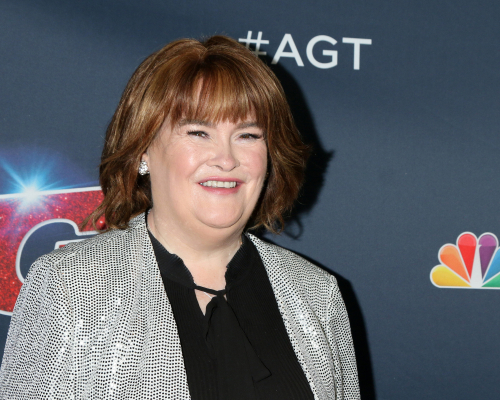
When Susan Boyle took the stage on Britain’s Got Talent in 2009, people couldn’t believe their ears. Susan proved to everyone that you can’t judge a book by its cover. Susan always considered herself a little “weird,” but attributed that to suspected brain damage. At the age of 52, she was diagnosed with Asperger’s Syndrome. While the label didn’t necessarily change anything for Boyle, she found comfort receiving a more accurate diagnosis. She currently works as a musical artist for Syco Entertainment, Simon Cowell’s company.
19.) Courtney Love
July 9, 1964 – Present

Courtney Love is the lead singer of the band Hole and was married to front man Kurt Cobain of Nirvana. During a 1994 Rolling Stone interview, Love revealed that she was diagnosed with mild autism at the age of nine. She revealed that she didn’t not speak at a young age and then “simply bloomed.”
20.) Bobby Fischer
March 9, 1943 – January 17, 2008
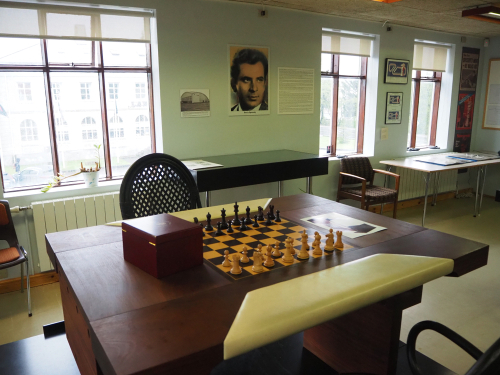
Bobby Fischer was a chess prodigy and the eleventh World Chess Champion. While he never received a formal diagnosis of autism during his life, there is some compelling evidence to suggest he may have been on the spectrum. At just 14, he was the youngest player to win the U.S. Chess Championship. His narrow interests and incredible intelligence (he reportedly had an IQ of 181) allowed him to dominate the chess board. It has been reported that as a child, Fischer lacked social skills and was fiercely independent. Later in life, close friends began to question his whether he had emotional problems after he became paranoid. Did Fischer have autism? Did he have schizophrenia or paranoid personality disorder? We will never know for sure.
FAQ
Who are the most famous people with autism?
Some of the most widely recognized people with autism include Temple Grandin (scientist and advocate), Anthony Hopkins (actor), Dan Aykroyd (comedian/actor), Susan Boyle (singer), and Temple Grandin. Many others, such as Elon Musk, have also disclosed being on the autism spectrum.
Can autism contribute to creativity?
Yes. Autism can contribute to unique forms of creativity and problem-solving. Many autistic individuals excel in fields that require focus, innovation, and original thinking. Their ability to notice details, persist with routines, and think differently often fuels breakthroughs in art, science, music, and technology.
Which musicians are on the spectrum?
Notable musicians on the spectrum include Wolfgang Amadeus Mozart (suspected), Susan Boyle (diagnosed later in life), and Courtney Love (diagnosed as a child). Dan Aykroyd, while best known for acting, is also a musician. These artists highlight how autism can amplify musical sensitivity, memory, and performance skills.
Are there historical figures believed to be autistic?
Yes. Experts believe several historical geniuses may have been on the spectrum, including Albert Einstein, Sir Isaac Newton, Nikola Tesla, Michelangelo, and Henry Cavendish. While diagnoses were not available in their lifetimes, their intense focus, unconventional behavior, and extraordinary achievements suggest possible autism traits.
